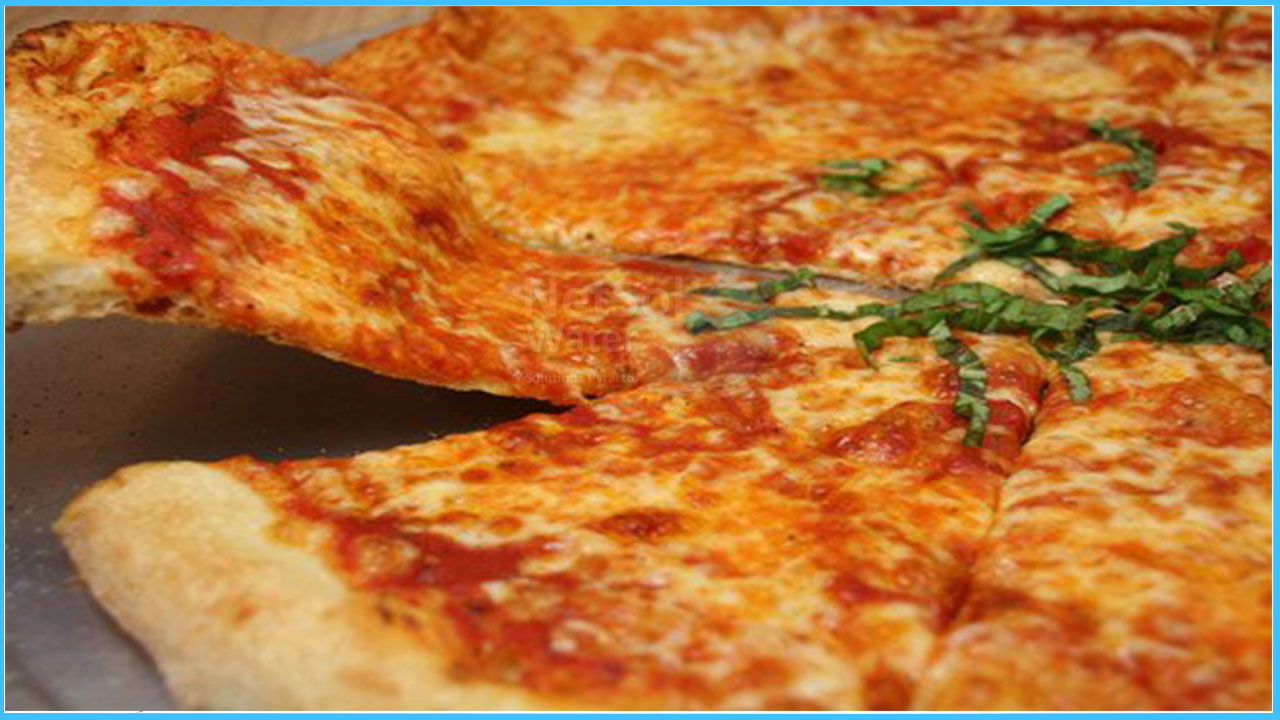Water_ Essential Ingredient in every step Of Pizza making
When I read Jeffrey Steingarten's beautifully obsessive piece about Roman breads in the chapter headed "Flat Out" in his book “It Must Have Been Something I Ate”, surprised me to the point where I thought myself an idiot for not realizing this on my own.The concept is simple: minerals dissolved in water (mainly magnesium and calcium) can aid in the formation of a stronger gluten structure, which is the network of interconnected proteins that gives dough its strength and flexibility. The stronger and chewier the dough is, the higher the mineral content of the water (measured in parts per million, or ppm).
It makes sense in theory, and it's easy to prove in a lab.Tomatoes that are ripe, mozzarella that is creamy, dough with a strong flavor, water of exceptional grade.You might have guessed three of the ingredients that contribute to the success of a pizza shop, but not the fourth.Many people are unaware that water is used in cooking. It's all about the dough at pizza joints, and water is a critical ingredient.Hardness, or the balance of minerals in water, plays a big influence in the pizza dough. Harder water contains too many minerals, which might interfere with yeast fermentation and the rise of the dough. Too soft water will make the dough sticky and unmanageable, and adding extra flour to a sticky dough will simply dry it out.
Concerns To Be Taken Care Of_
Because each pizzeria has its own dough recipe, there may be a specified hardness need to meet that recipe. A water filtration system ensures dough uniformity, which restaurants rely on to protect their brand and provide their customers with the greatest possible pizza.A water filtration system for pizza businesses delivers high-quality ingredient water that is free of turbidity (dirt and particles) and cysts that would otherwise get up in the dough.
A carbon filter eliminates unpleasant tastes and odors caused by chlorine or chloramine in the water.A reverse osmosis (RO) system should be installed if the total dissolved solids (TDS) levels are higher than the EPA permitted limit (500 ppm). A blending valve should be included in the RO system to mix the RO water with the incoming water. The pizzeria will be able to adjust the amount of TDS and hardness minerals in their recipe as a result of this.A countertop steamer may be used in a pizza restaurant that also serves other Italian foods, such as pasta, to speed up service. Steamers benefit from water filtration systems since they protect the equipment from costly maintenance and repairs (i.e. scale reduction), extending the equipment's life.
Additionally, high-quality water benefits fountain beverage machines and ice machines, both in terms of better-tasting water and increased equipment performance.A water filtration system, when developed and adjusted for an operation's individual demands, will save equipment downtime while also improving the water quality for meals and beverages at pizza restaurants.
A pizzeria owner despises seeing money go down the drain. But that's what occurs when a company's water usage isn't controlled.According to the National Restaurant Association, quick-service restaurants use 500 to 1,500 gallons of water each day, while full-service restaurants use up to 5,000 gallons. “Next to car washes and laundromats, restaurants are some of the greatest users of water," says Michael Topper, president of Aqua Audit, a water cost management organization in New York City.Water experts and pizzeria owners who have dealt with the issue of water waste say the first step in becoming more efficient with your consumption and saving money is to look at your operations and see where water is being squandered.



